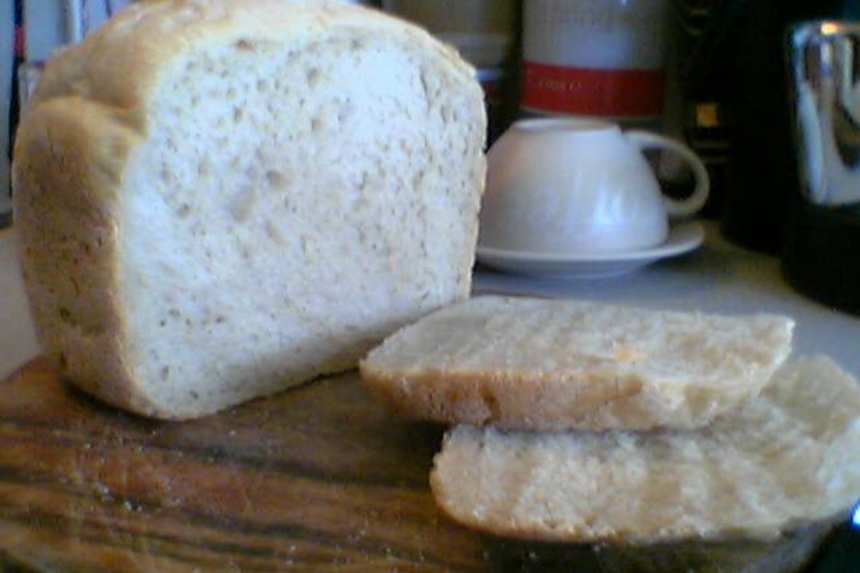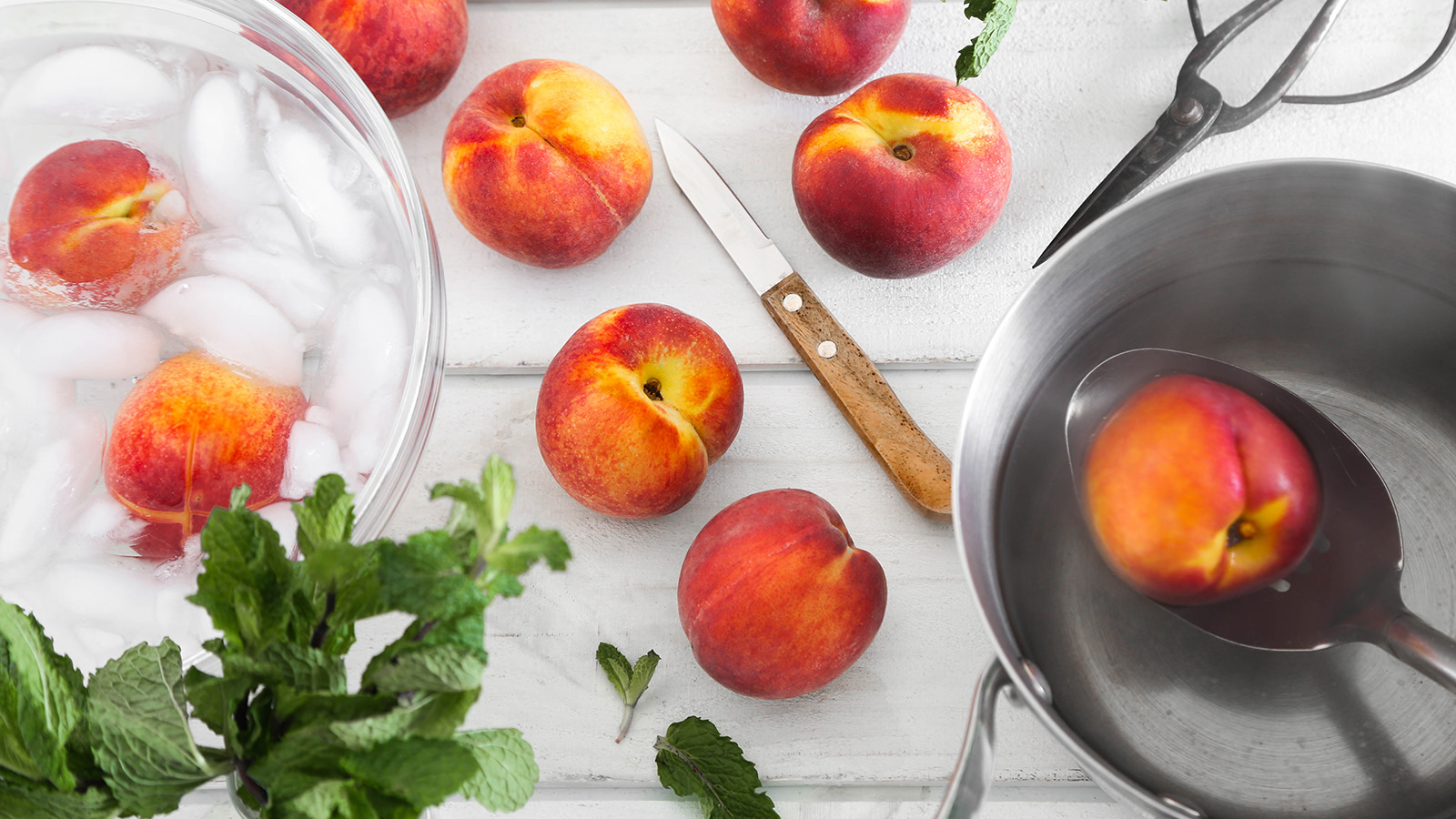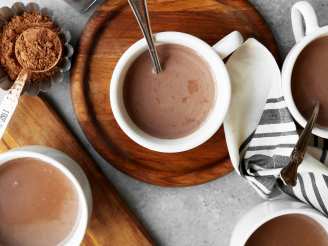Small Ultra-Light Healthy French Bread Loaf (Abm) Bread Machine

photo by Ethan UK

- Ready In:
- 52mins
- Ingredients:
- 6
- Yields:
-
7-8 slices
- Serves:
- 8
ingredients
- 210 ml water (At room temperature. Bottled spring water preferred but room-temperature tap water ok too)
- 1⁄4 teaspoon vitamin C powder (a.k.a. Ascorbic Acid powder, optional but strongly recommended)
- 9 1/2 tablespoon vegetable oil (about 3g) or 9 g butter
- 1 teaspoon salt (About 4g or 5g of Standard Table Salt. Preferably Lo-Salt or other Reduced-Sodium equivalent)
- 300 g strong white flour
- 2⁄3 teaspoon bread machine yeast (About 3g, standard bread machine yeast, if using sachets, not quite a full sachet)
directions
- Remove pan from Bread machine and place on a electronic kitchen scale, and zero scale.
- Weigh 210ml (210ml water weighs 210g) and rest of ingredients carefully into the pan, in the order listed (if you have the time, do have a read through of the notes :).
- Select French Loaf cycle (or Wholewheat/Wholemeal cycle if no French Loaf cycle available) and select crust/firmness if necessary required for your machine. (I feel that this loaf benefits from a fairly firm crust - as long as it's not burnt!).
- Start Machine.
-
Notes:
- Time listed is for the actual baking part of my machine's French Bread cycle. They vary by manufacturer.
- I took this recipe originally from a machine which had a 6-hour French loaf cycle but my machine makes a French loaf in 4 hours. My mum's does it in 2 3/4 hours. I've found that the results are pretty consistent regardless of machine, although you occasionally need to increase/decrease amount of yeast to marry the recipe to the 'rise' component of your machine's cycle.
-
My machine has an un-overrideable 20 minute pre-heat before it does anything whatsoever whenever I use this cycle, so I need to take the following precautions so that the yeast doesn't make contact with any liquid before kneading starts which I recommend to you:
- When pouring the water do try to pour gently trying to avoid slashing up sides.
- When adding the flour, do try to cover the water completely if possible.
- When adding the yeast, if necessary/inclined try making a dip (or 'well') in the top of the flour and carefully pouring the yeast into the dip/well.
- If using yeast in sachet form it's worth measuring it onto a teaspoon first and holding some of the sachet (depending on sachet size).
- Here in Europe most of our cooking is weight-based rather than volume based.
- A set of electronic kitchen scales with 1 gram graduations can be quite cheap if you hunt around and more than any other cooking and baking they really come into their own when it comes to bread-making, although I usually still use spoon measures for salt and yeast, and for liquid oil when I use it. Gives bomb-proof results, every single time!
Questions & Replies
Got a question?
Share it with the community!
Reviews
-
Well this loaf is small so I used the 750g setting on my breadmaker. It didn't rise as much as the bread in the photo and the taste was that of a fairly typical white bread. Nothing wrong with it [it didn't turn into an inedible brick!] but it didn't stand out and I honestly can't see myself making this one again.
-
I haven't made bread (only pizza dough) in my ancient Welbuilt for years because it never turned out quite right, even with some experimenting. I needed French bread one night and did not want to go out to get it. Well, this bread was GREAT. I weighed the flour as suggested. I ended up using between 2 3/4 cups and 3 cups of regular flour and 3/4 t yeast. I used warm tap water since ours is very good. No vitamin C powder (although I'd like to try it) and I used canola oil. I'd like to try this with wheat flour. The size of the loaf was perfect and it was the best loaf to ever come out of my 15 plus-year-old ABM. Thank you very much. p.s. Your description of this recipe and your notes are charming. :)




